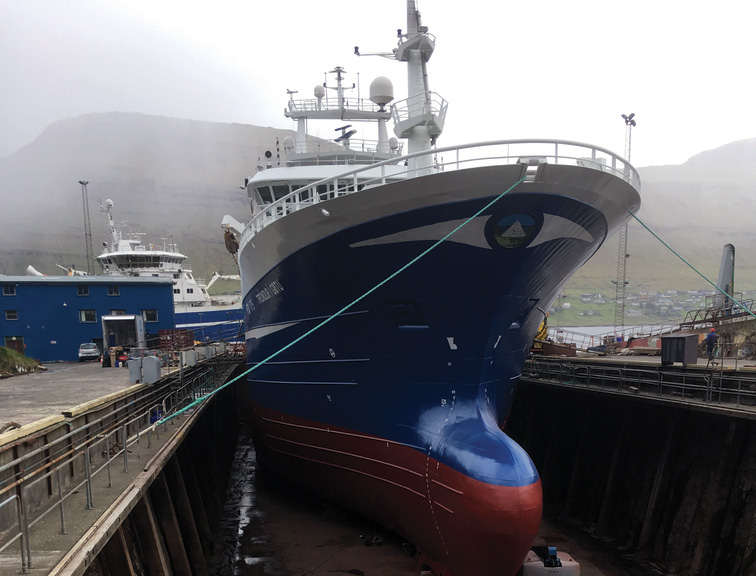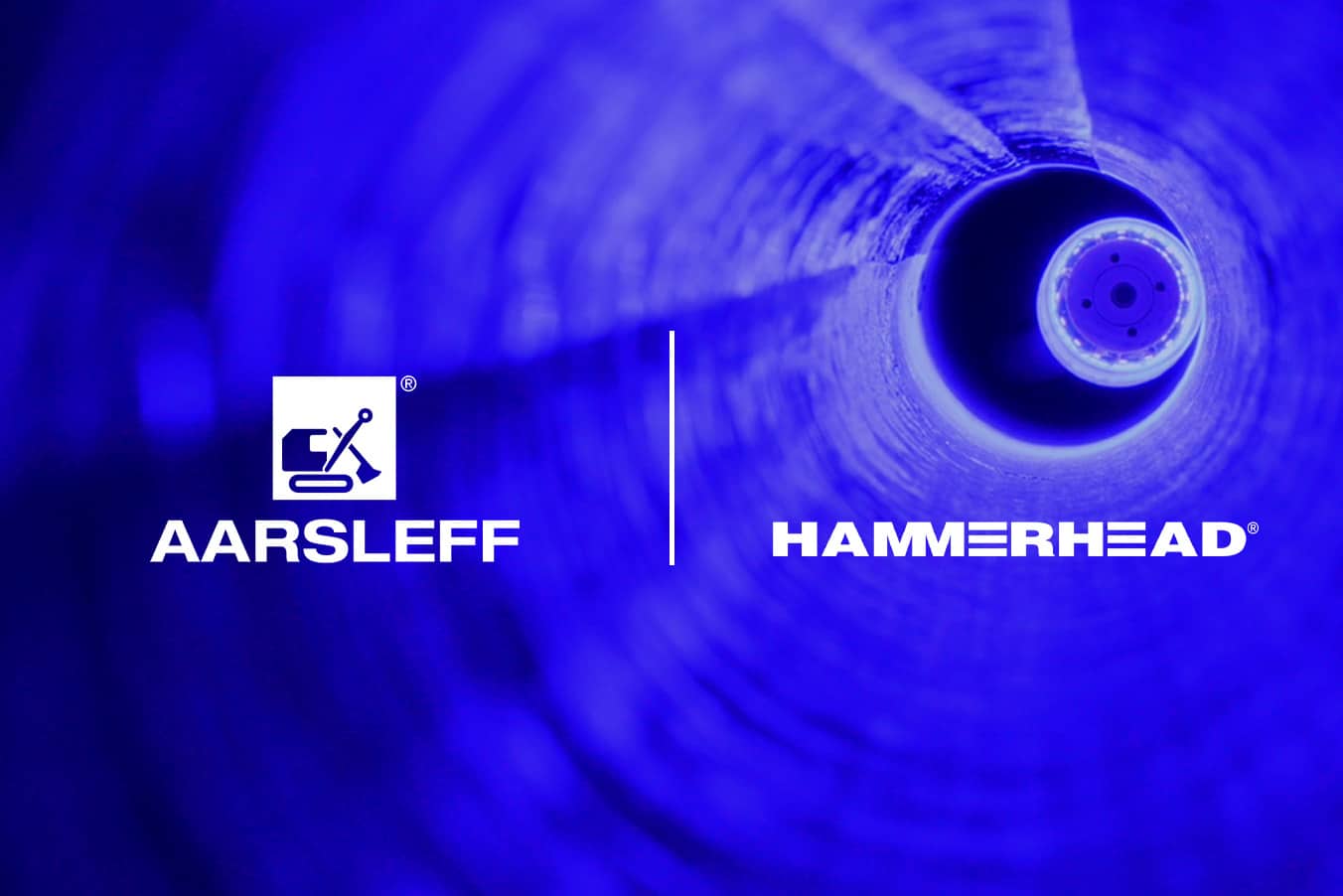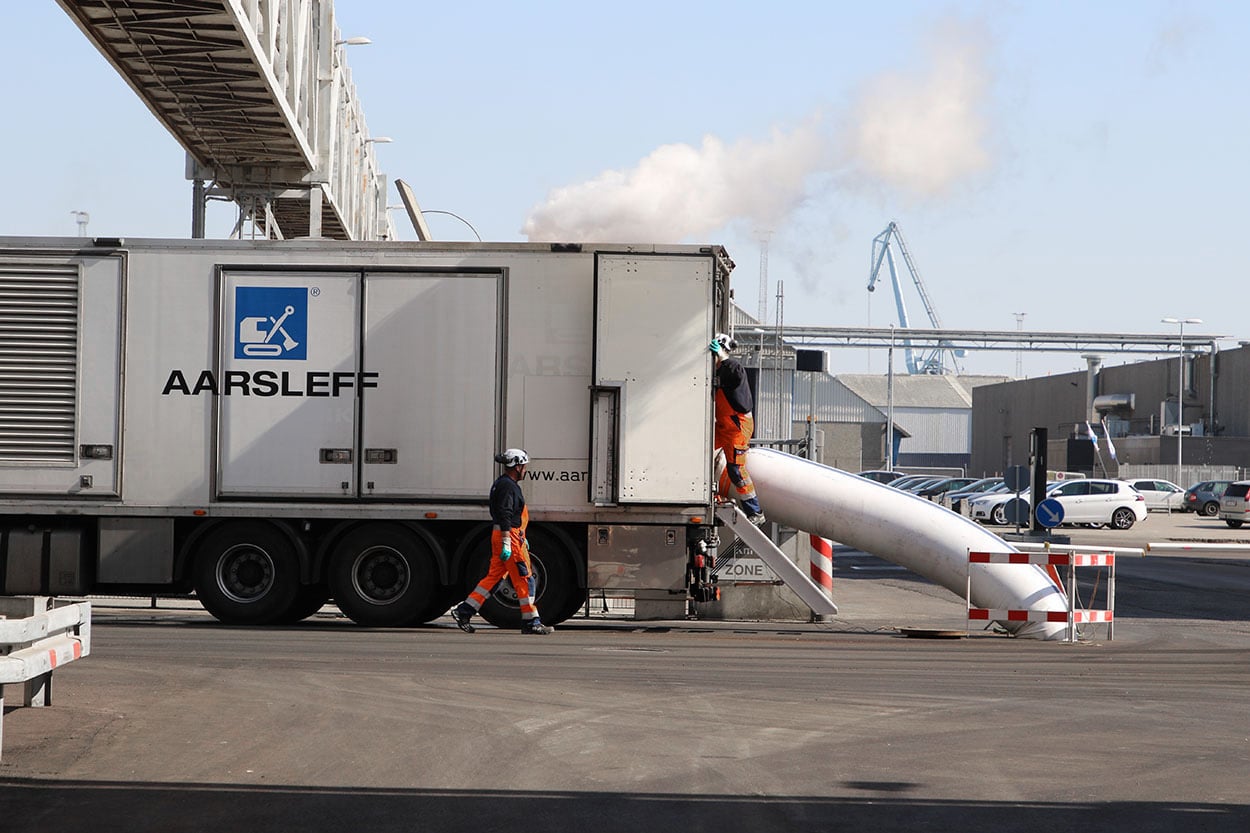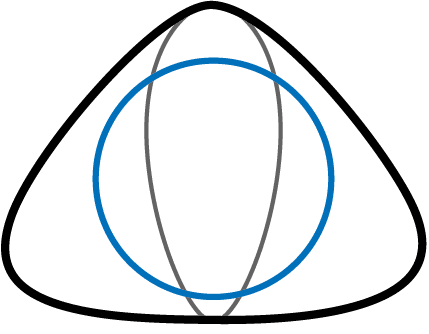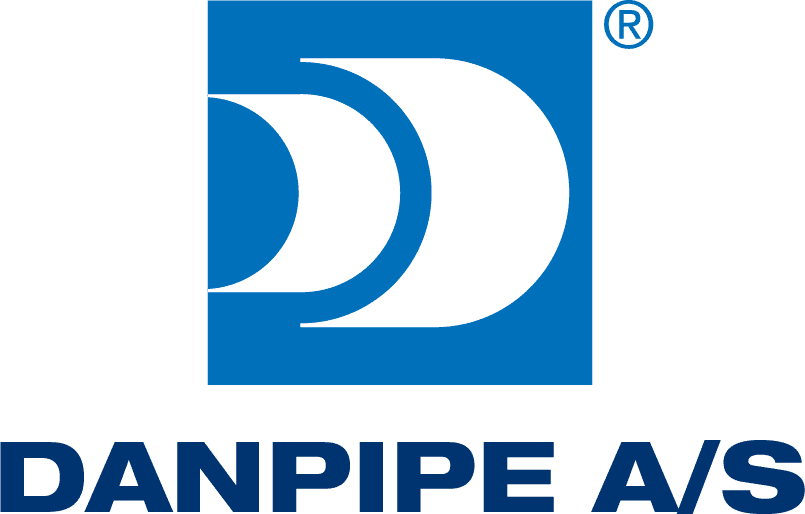40th Anniversary of Aarsleff Pipe Technologies
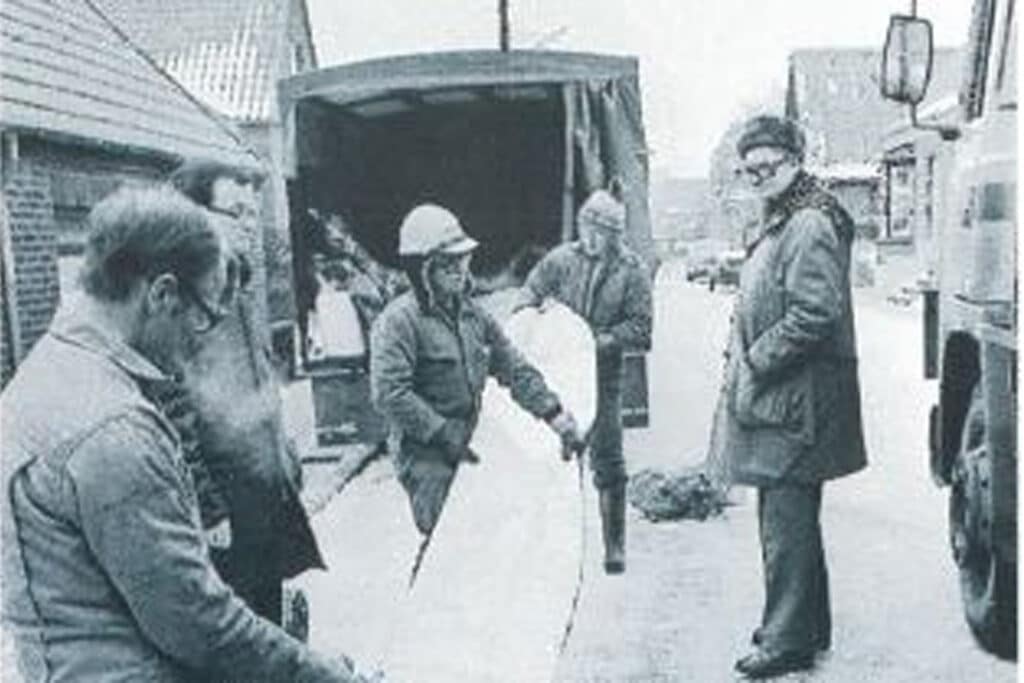
Aarsleff Pipe Technologies Divisional Manager Hans Christensen talks with Trenchless International about Aarsleff’s history in the trenchless sector, the company’s development as a European market-leader and the trenchless rehabilitation industry’s future in the lead up to Aarsleff’s 40th anniversary in the CIPP industry.
What started 40 years ago as something of a fortuitous opportunity during the major oil and construction crisis is today a well-established business.
Exactly 39 years ago, Aarsleff Pipe Technologies installed its first cured-in-place pipe (CIPP) lining. Today, the company exceeds an annual production of 1 million metres of liner and talces a 360° business approach.
Aarsleff Pipe Technologies – one of three divisions in the Danish contracting company Per Aarsleff NS, known simply as Aarsleff – is celebrating 40 years in the no-dig business with a record turnover of more than€240 million (USS272.8 million). Globally, the company has a workforce of 6,500 employees, is Nasdaq Copenhagen-listed and has an annual turnover of €1.5 billion (USS 1. 7 billion).
“With 900 employees in 12 countries and the prospect of growth in the coming years, our position is stronger than ever,” says Mr Christensen.
“Our foundation is the result of sustained development and innovation together with uncompromising focus on quality throughout the company’s 40 years of existence.” BEGINNINGS IN CIPP The venture into CIPP started during the major oil crisis in the 1970’s, when society was coming to a complete standstill and investments in the construction industry were at an all-time low. The former Aarsleff CEO Palle Svejstrup came across the method for the first time through an existing English CIPP-system introduced by engineer and lnsituform Founder Eric Wood. The method made it possible to seal worn down sewer pipes from the inside by inserting a plastic liner in the sewer pipe. The process had been used in the UK under nuclear power plants and in the densely populated district around St Paul’s Cathedral in London to avoid the costs and disturbance of excavation.
In 1978, Aarsleff began to cooperate with the English company and by January 1979 Aarsleff had acquired a licence for the method and carried out its first trenchless renewal of a 90 m sewer pipe in Denmark. “From the very beginning, development at Aarsleff Pipe Technologies has been driven by impassioned, committed employees,” says Mr Christensen. “Today commitment and passion are still the hallmark of the entire organisation.
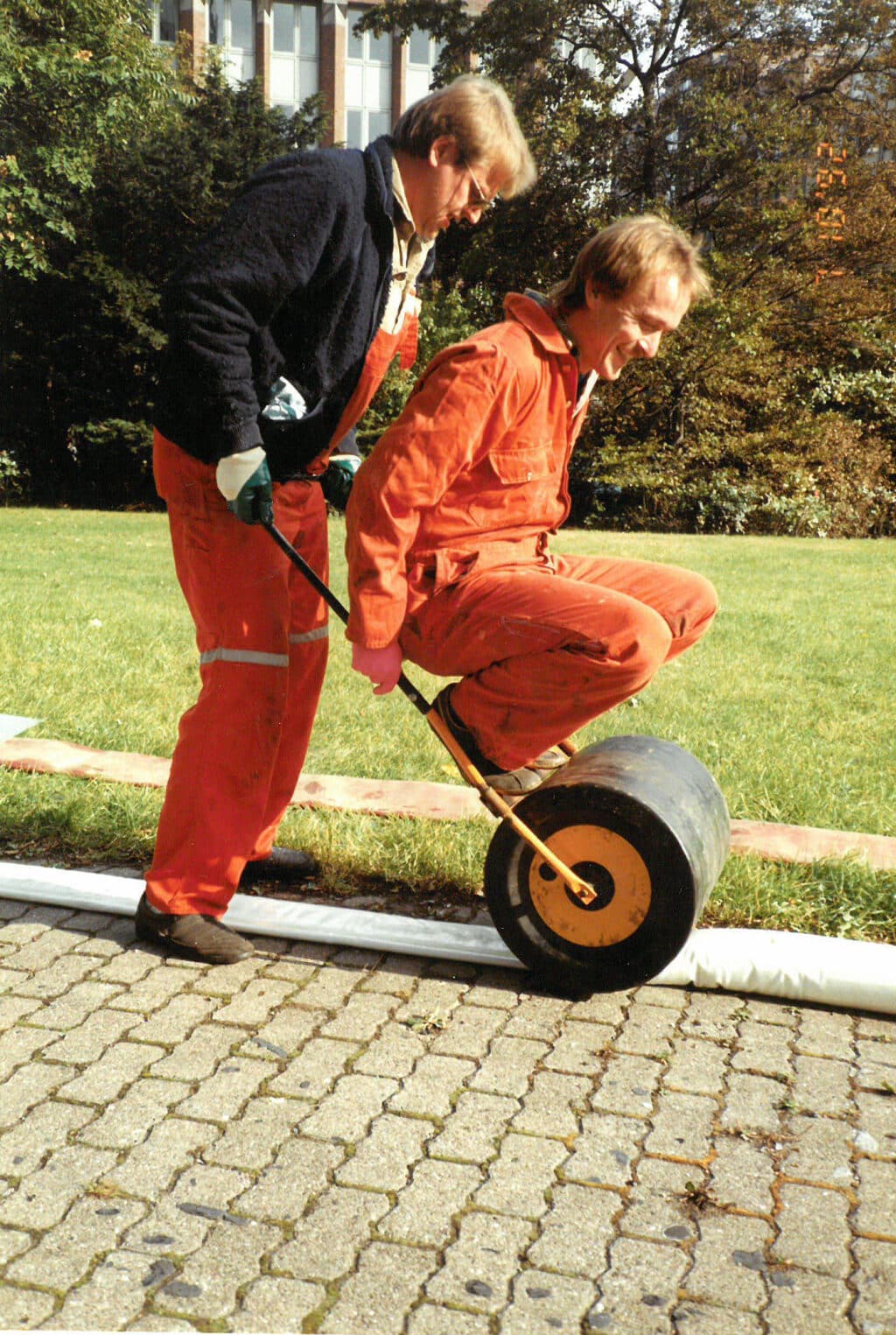 A great amount of the success is because of Jens Lystbæk, the former CEO of Pipe Technologies, whose visions and ideas over the years formed the cornerstone in the development of our market-leading methods and products.
A great amount of the success is because of Jens Lystbæk, the former CEO of Pipe Technologies, whose visions and ideas over the years formed the cornerstone in the development of our market-leading methods and products.
“It all started with us sewing our own liners in an empty workshop. This was a fun new task for Aarsleff. In many ways, we started from scratch, and the actual installation of liners was also new for us. “You couldn’t call the first installations a complete success, but day-in and day-out we experimented and solved the technical challenges. In true Aarsleff manner, we never gave up.”
Since it was established, Aarsleff Pipe Technologies has continued to develop trenchless solutions. Today the company is a complete contractor with its own high-tech production of liners and workshops developing specialized equipment, like trenchless manhole renewal and laterals. “Our liners and equipment were actually designed entirely for our own use,” says Mr Christensen.
“However, an increased demand for quality liners at competitive prices in the market paved the way for the opportunity to supply liners, not only for our own use, but also for external clients.
“Today we have clients all over the world, for example in South Africa, China, Australia and, of course, Europe. As a contractor installing our own produced liners, we have well-established local companies in Denmark, Finland, Holland, Latvia, Lithuania, Norway, Poland, Russia, Slovakia, Sweden, Germany and Ukraine.
“From my point of view, our core strength is the ability to always push ourselves forward with challenging milestones, find the right solution for the job at hand and always be able to honor our clients’ demands and needs. Our ability to always complete any assignment, no matter how complex or how long time it will take, is also worth mentioning.
Finally, our flair for delivering a competitive, top quality product and to be the safe choice for the customer has got us to where we are today.”
 Since 1978, there have been many milestones for Aarsleff Pipe Technologies, including performing the first vertical CIPP lining in 1990, establishing in-house felt liner production in 1994, releasing the Bluelight LED System in 2007 and, most recently, entering a strategic partnership with Hammer Head® Trenchless in 2018 for distribution of the Bluelight system in non-European markets.
Since 1978, there have been many milestones for Aarsleff Pipe Technologies, including performing the first vertical CIPP lining in 1990, establishing in-house felt liner production in 1994, releasing the Bluelight LED System in 2007 and, most recently, entering a strategic partnership with Hammer Head® Trenchless in 2018 for distribution of the Bluelight system in non-European markets.
“Over the past few years we have been working on a complete product combination, which means that today we are the safe choice when it comes to always providing a client with the best solution,” says Mr Christensen.
Market demand for lateral renovation
Mr Christensen says that the market for CIPP has been focused on large systems, but the global demand for smaller lateral renovation is growing and impacting technology development.
“In Denmark we detected the need for smaller scale renewals back in the 1990’s and today we are a 360° supplier for all dimensions with well proven systems ready to accommodate any global demands,” he says.
“We also expect to see continued development in the fields of installation technology and resin solutions, together with the need for more flexible liners. We also expect to see development in the field of large scale main pipelines, where development has been more moderate, but where fibreglass is beginning to gain more acceptance, particularly in Central Europe.
“The markets in Europe and North America are today leading the development in the CIPP business, but we see that markets like Russia, China and Asia are starting to focus more on development. These markets will be powering the growth for many years to come for both main and lateral pipelines.”
In the future, Mr Christensen says he hopes projects tenders will place more of an emphasis on the relationship between price and quality, using technical expertise to ensure that the client receives the best possible solution. In this case, municipalities and water utilities will prioritize long term partnerships and work more closely with the contractors. Further, the establishment of framework agreements give municipalities and utilities long-term solutions, leveraging close cooperation for a better overview – and consequently better planning – their investments in assets. While several European countries have established quality control schemes for regulated and standardized pipeline renew, Mr Christensen hopes more countries will follow the trend so the global standard can continue to improve, building the reputation of reputable high quality contractors and reducing the impact of projects performed inadequately due to a lack of controls.
Setting a blue standard
The company’s patented Bluelight LED System, developed 10 years ago, has recently launched in a number of international markets and is anticipated to have a significant impact on the development of equipment and curing methods for minor pipe dimensions as it will offer smaller dimension liners to the market. “We will see a much greater use of light curing than today, and at some point, this may end up affecting larger scale dimensions as well,” says Mr Christensen.
“Within the next few years, we expect to see a shift from felt liners to greater use of fibreglass liners. This development started in Germany, and we expect the use of glass liners to become more widespread, since they have some definite advantages in terms of price when it comes to less complex installation conditions.
“The felt liner will retain its position on the market, because it is the best possible product for complex installation conditions: for example, in the case of smaller dimensions with changes in direction or in large, hard-to-access dimensions below groundwater level.
“Having our own liner production gave us a clear competitive advantage. This meant that we today can provide clients with a better solution, since we can offer various products and methods for the execution of any pipe relining task.
“We want to keep developing our own liners and special equipment, which we also over time will offer the markets: for example, our recently patented Bluelight LED System for smaller dimensions of 4-10 inches (102-245 mm).”
Taking products to market
In line with offering its products to new markets, Aarsleff Pipe Technologies has just concluded a strategic partnership agreement with the US-based HammerHead Trenchless for the distribution of its Bluelight system outside of Europe and Russia.
“The partnership came to life from the high demand we saw in markets, where Aarsleff Pipe Technologies traditionally was not previously present,” says Mr Christensen.
“Our goal is also to exploit the opportunities we see around third-party sales, and we look forward to, and have great expectations about the partnership with HammerHead.”
Thinking about the future
Mr Christensen says Aarsleff Pipe Technologies currently has no expectations of establishing its own installation company outside Europe. Instead it is focused on large scale projects and serving as a third-party supplier of liners and installation materials. “Right now, it is difficult to predict the future, but with our wide product range of certified solutions in the field of no-dig solutions, using LED, UV, GRP, water or steam, we are in a position to renew virtually any existing pipe, regardless of profile, length and diameter, and we will continue with this, whatever direction market development takes and the solutions will be required,” he says.
“We are expecting to see continued growth in the market. There is great focus and awareness of the correlation between public life quality and up-to-date renewed pipelines for both drinking water and wastewater.
“In addition to public pipelines, others (for example, industrial pipelines) will constitute a possible growth all over the world. There are many worn-out pipelines in the world, which can only mean that there will be even more focus on improving the systems in the future.
“So, we still see great prospects for the entire sector and, as a well-founded company, we are looking forward to the next 40 years.”


